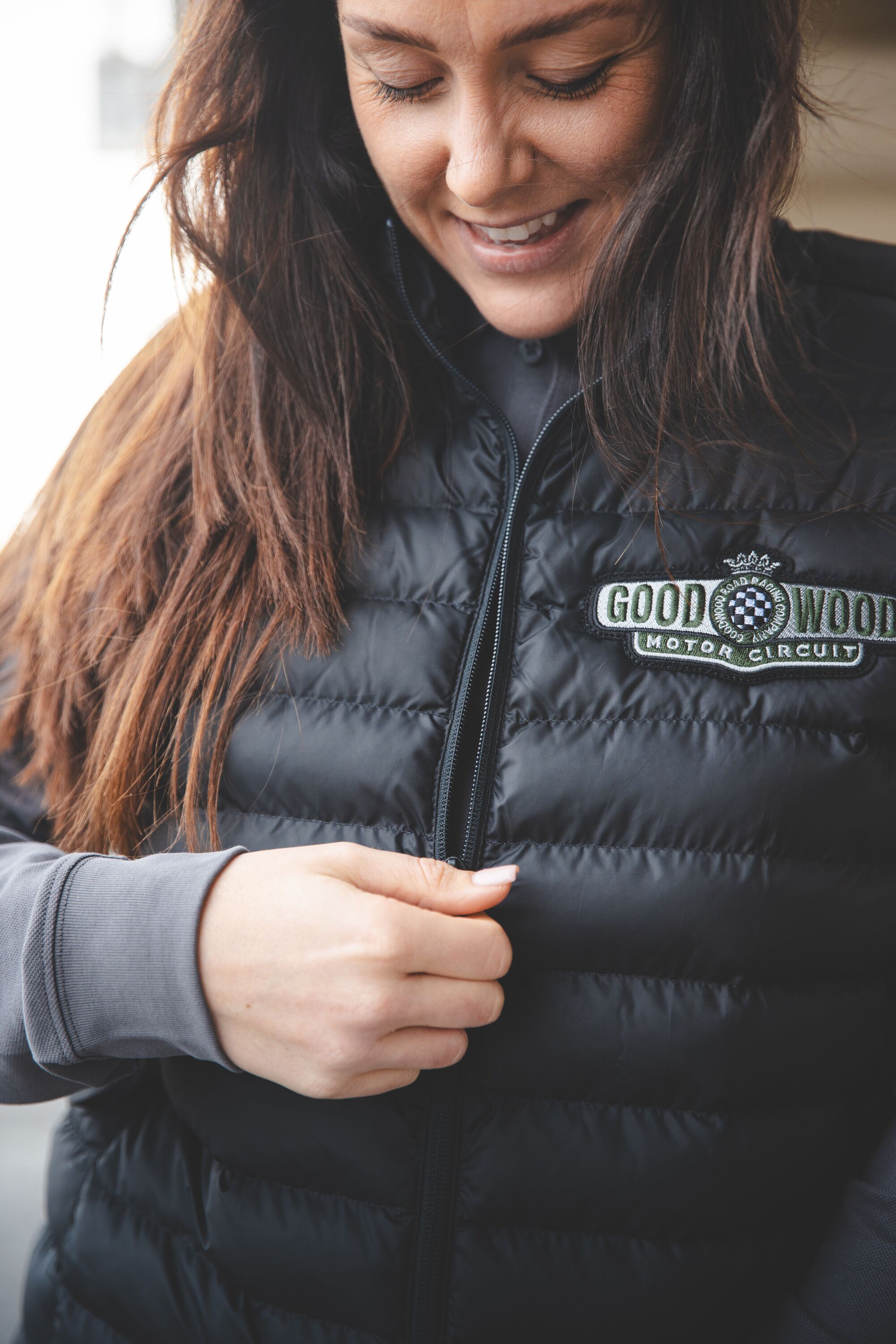Thank Frankel it's Friday: A brief history of Aston Martin's owners
 Andrew Frankel
Andrew Frankel
The news on Wednesday that at least some of Aston Martin was to be floated on the London Stock Exchange is one of the more exciting chapters in the always engrossing story of how Aston Martin has survived from 1913 to the present day. I think it would be a rather mean (not to mention singularly inaccurate) commentator who did not think Aston Martin was in better shape today than ever before, but it has been a somewhat eventful ride. To put it mildly.

So eventful indeed that as much for my own edification as yours, I thought I might try to trot through the major changes in ownership that brought Aston Martin to this place. And forgive me if I don’t include every person or organisation who’s ever owned a share, or you’re at odds with anything else I might say, for as we shall see while at times it’s dead easy to know who owned this always exciting company at a given moment in time, at others it’s damned difficult, as I shall now attempt to explain…
The company known today as Aston Martin started life as Bamford & Martin in 1913 and in the next six years produced a total of one car. Robert Bamford left in 1920, but by then it was existing on funds provided by the likes of Count Louis Zborowski while the money of Dorothea, Lady Charnwood saved it from its first brush with death in 1924. But it still went under in 1925 and the year after that Lionel Martin departed the scene. Which was 1926.
That was one of the most important years in the history of the company because it was bought by Bill Renwick and Augustus ‘Bert’ Bertelli who created the template for the most famous pre-war Astons. But Renwick left in 1930 (only after the company had been saved again in 1929 by funds from one Sidney Whitehouse) and in 1932 the company was brought back from brink, albeit briefly by the improbably named Lance Prideaux-Brune. And the year after that the company was bought by Sir Arthur Sutherland.
And if you feel the need to lie down after that, the good news is that, for at least a few decades, the clouds cleared and it became far easier to work out who owned the company. Bertelli left the company in 1937 but the Sutherland family held onto it through the Second World War until finally putting it up for sale in 1947.
Aston Martin was then bought by none other than David Brown (for £20,500) who added Lagonda a few months later for £52,500, and it would stay in his ownership until 1972. When I’m afraid things start to get murky all over again.
It was purchased by an organisation with the world’s least interesting name – Company Developments as you’re asking – headed by one William Willson who hung about long enough to call in the receivers at the end of 1974. It was saved by a consortium headed by, among others American Peter Sprague, Canadian George Minden and Briton Alan Curtis who saw out the decade before it became clear more money was needed. This came from Victor Gauntlett, of whom more in a minute.
A gradual handover was then effected, which left the company in the hands of Gauntlett’s Pace Petroleum and new investor CH Industries (CHI). Gauntlett’s Pace shares were then sold to Greek shipping tycoon Peter Livanos in 1983 who, with ship broker Nicholas Papanicolaou formed a company called Automotive Investments Incorporated (AII) but left Gauntlett running the show. AII then bought out CHI and Papanicolaou. In 1984 this left three quarters of Aston Martin owned by AII, the remainder by Gauntlett.
But Gauntlett could see that what Aston Martin needed most was not just money but the technology, facilities and buying power of a huge automotive parent and duly arranged the sale of the company to Ford in 1987. Ford placed Aston Martin in its Premier Automotive Group subsidiary in 1999 with Jaguar, Land Rover and Volvo but, facing record losses, broke it up in 2006.
Aston Martin was then acquired by a Kuwaiti consortium including major investors Investment Dar and Adeem International, with additional holdings being sold to Italian private equity fund InvestIndustrial in 2012 and a five per cent stake being acquired by Daimler in 2013. The new management team was in installed in 2014 and for a few years while they turned the company around, all was quiet. Until this week.
Now and if all goes to plan, by the end of the year or shortly thereafter, you could add your own name to those listed above as people who have owned a share of Aston Martin. Given how the company has fared of late and that there’s no suggestion any of the key players responsible for its revival are going anywhere, we’d understand if you were more than a little tempted.
Andrew Frankel
Aston Martin

Andrew Frankel
Thank Frankel it's Friday: The mysterious Aston Martin Project cars

Andrew Frankel
Thank Frankel it's Friday: The car that saved Aston Martin

Andrew Frankel
Thank Frankel it's Friday: This is the best car to invest in now









































































